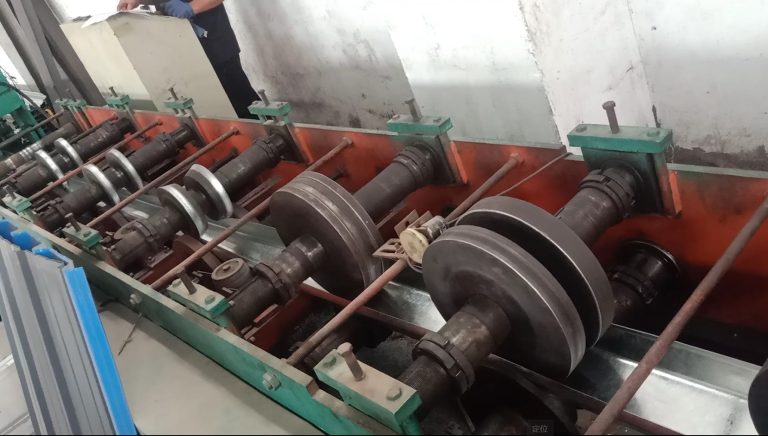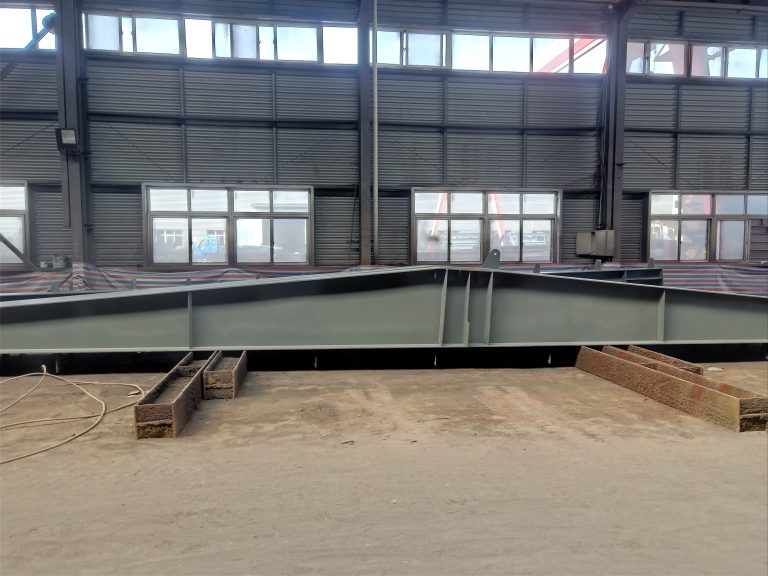Table of Contents
Benefits of Using Steel Frame in High-Rise Buildings
Steel frame is the core support of high-rise buildings. When it comes to constructing tall structures, the use of steel frame has become a popular choice due to its numerous benefits. From its strength and durability to its flexibility and sustainability, steel frame offers a wide range of advantages that make it an ideal material for high-rise buildings.
One of the key benefits of using steel frame in high-rise buildings is its strength. Steel is known for its high tensile strength, which allows it to support heavy loads and withstand extreme weather conditions. This strength is essential in tall buildings, where the weight of the structure must be distributed evenly to prevent collapse. Steel frame provides the necessary support to ensure the stability and safety of high-rise buildings.


In addition to its strength, steel frame is also highly durable. Unlike other building materials, such as wood or concrete, steel does not rot, warp, or crack over time. This means that high-rise buildings constructed with steel frame are less likely to require costly repairs or maintenance in the future. The durability of steel frame ensures that high-rise buildings can remain standing for decades, providing a long-lasting and reliable structure for occupants.
Another advantage of using steel frame in high-rise buildings is its flexibility. Steel can be easily shaped and molded into various forms, allowing architects and engineers to design unique and innovative structures. This flexibility in design is especially important in high-rise buildings, where space is limited and every inch counts. Steel frame can be used to create open floor plans, large windows, and other architectural features that enhance the aesthetic appeal of the building.

Furthermore, steel frame is a sustainable building material that offers environmental benefits. Steel is 100% recyclable, which means that it can be reused and repurposed at the end of its life cycle. This reduces the amount of waste that is generated during construction and demolition, making steel frame a more eco-friendly option for high-rise buildings. Additionally, steel frame is energy-efficient, as it can be insulated to improve the building’s thermal performance and reduce energy consumption.

Overall, the benefits of using steel frame in high-rise buildings are clear. From its strength and durability to its flexibility and sustainability, steel frame offers a wide range of advantages that make it an ideal material for tall structures. By choosing steel frame for high-rise buildings, developers and architects can create safe, durable, and environmentally-friendly structures that stand the test of time.
Design Considerations for Steel Frame Structures in High-Rise Buildings
Steel frame structures have become a popular choice for high-rise buildings due to their strength, durability, and versatility. The steel frame serves as the core support system for these tall structures, providing the necessary stability and strength to withstand the forces of nature and the demands of modern architecture.
123

One of the key design considerations for steel frame structures in high-rise buildings is the material itself. Steel is known for its high strength-to-weight ratio, making it an ideal choice for tall buildings where weight is a critical factor. The use of steel allows for lighter and more slender structural elements, which in turn can lead to more efficient and cost-effective designs.

In addition to its strength, steel also offers excellent ductility, allowing it to bend and flex without breaking under extreme loads. This flexibility is crucial in high-rise buildings, where the structure must be able to withstand wind, seismic, and other dynamic forces. Steel’s ductility also allows for easier construction and installation, as it can be easily shaped and welded into complex forms.

Another important consideration in the design of steel frame structures is the connection details. The connections between steel members must be carefully designed to ensure proper load transfer and structural integrity. Welded connections are commonly used in high-rise buildings, as they provide a strong and durable bond between steel elements. Bolted connections are also used in some cases, offering the flexibility to disassemble and reassemble the structure if needed.


The design of the steel frame itself is another critical consideration in high-rise buildings. The frame must be able to support the weight of the building and resist lateral forces such as wind and seismic loads. The frame is typically composed of vertical columns and horizontal beams, with bracing elements added to provide additional stability. The size and spacing of these elements must be carefully calculated to ensure the structural integrity of the building.

In addition to the structural design, the fire protection of steel frame structures is also a key consideration in high-rise buildings. Steel is a non-combustible material, but it can lose its strength and stiffness when exposed to high temperatures. To protect against fire, steel members are often coated with fire-resistant materials or encased in concrete or other fireproofing materials. Fire sprinkler systems and smoke detectors are also installed throughout the building to provide early warning and suppression of fires.
The design of steel frame structures in high-rise buildings must also take into account the building’s overall architectural aesthetic. The steel frame can be left exposed to create a modern and industrial look, or it can be concealed within the building envelope for a more traditional appearance. The design of the steel frame can also influence the layout and functionality of the building, with open floor plans and large windows often used to take advantage of the strength and flexibility of steel construction.
In conclusion, steel frame structures are an essential component of high-rise buildings, providing the strength, durability, and flexibility needed to support these tall structures. Design considerations such as material selection, connection details, structural design, fire protection, and architectural aesthetics all play a crucial role in creating safe, efficient, and visually appealing steel frame structures in high-rise buildings. By carefully considering these factors, architects and engineers can create high-rise buildings that stand tall and strong for years to come.









